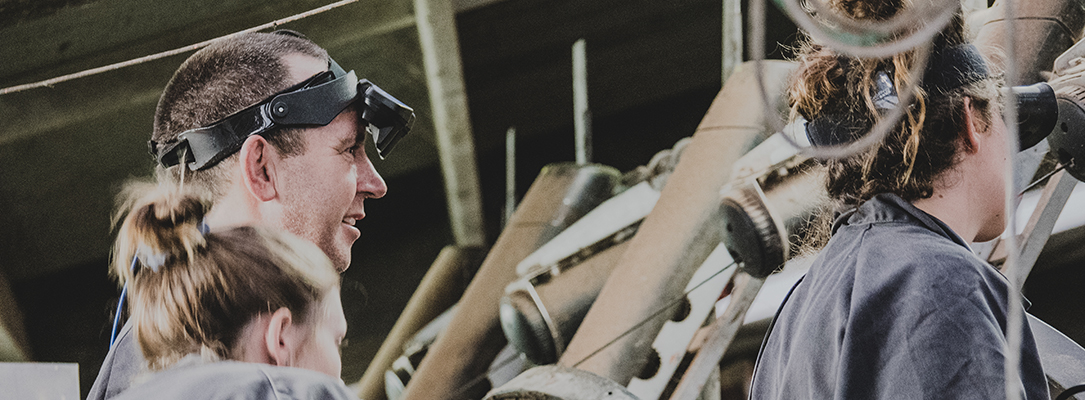
During pregnancy testing, we often find cows that are pregnant but not to their most recent insemination. With the recent uptake of automated heat detection, more questions have been raised about this – why are pregnant cows being inseminated when we are using the most accurate heat detection currently available?
Firstly, it is important to understand how the technology works: all collars, tags and boluses are designed to measure cow behaviour (walking, riding, sitting and so on). It is well known that cows increase their activity dramatically during oestrus, and this change of behaviour is utilised to determine the likelihood of a certain behaviour being consistent with oestrus. If the behaviour matches, the system will display a heat alert for the cow. Despite the high accuracy of this technology, it is important to understand that it is not gospel. This is shown to be especially true when some cows continue to display heat-like behaviour despite being pregnant!
Several studies have looked into this, the data showing that as many as 10% of pregnant cows were found to show all the signs associated with oestrus, including mounting, standing to be mounted, interacting with cows in sexually active groups and restlessness. The signs are identical to true oestrus behaviour in non-pregnant animals. On a collar database, this would show as a `Heat Alert`.
For some systems, heat alerts are given a score to indicate the ‘confidence’ of a certain behaviour being consistent with a true heat. This could be from 1-100, with 100 being ‘very certain’. The score is given based on type of behaviours, duration of behaviours, lactation status (e.g. ‘Open’) and interval from last heat. This is where it gets tricky – a score is automatically downgraded if the interval is not normal or if the duration of signs is shorter than the normal 24 hours. Both can be the case of true heats, as seen in cows with early embryonic loss (long returns) or weak heats (bad weather, mineral deficiency, etc). It can also be the case of a pregnant cow interacting with non-pregnant cows in heat!
After scanning, it is possible to look back at those tricky returns and find cows that were inseminated during pregnancy. From the Vetlife collar database, we have found 1-7% of cows being inseminated after an established pregnancy. This, of course, does not include pregnant cows that were inseminated and subsequently lost the pregnancy as a result (more on this another day).
This also explains why it is not reliable to use collars as a means of pregnancy detection. Although most cows ‘follow the rules’, you will find a number of cows that are pregnant but continue to display heats regularly (appear empty) as well as a number of non-pregnant cows that do not display heat (appear pregnant).
Despite the implementation of collar technology, pregnancy scanning continues to be an efficient and accurate way to determine the pregnancy status of a cow. After scanning is done, it is possible to utilise your collar data to analyse results, including the prevalence of AI in pregnant cows, for your herd.
You are always welcome to ask questions related to cow collar technology on cowsmart@vetlife.co.nz